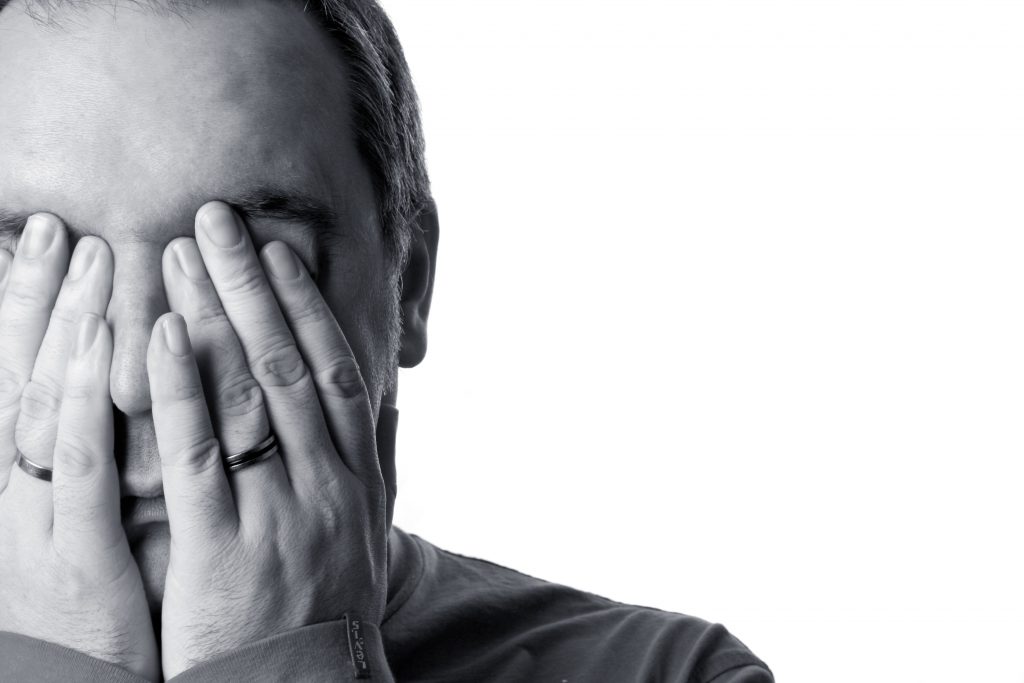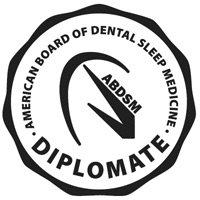Can’t handle CPAP? Try these sleep apnea solutions
As many as 26% of all adults in American suffer from sleep apnea, a condition typified by intermittent periods of not breathing during their sleep. Additionally, many of these patients cannot tolerate the only proven current therapy, continuous positive airway pressure (CPAP) machine.

Normally, when people take a breath of air, it enters through the nose or mouth, over the back of your tongue, down through the trachea and into your lungs. This is because nerve signals from the brain have activated the diaphragm to do so, and these signals also activate muscles along the throat and tongue to keep them from becoming closed from the suction.
Sleep apnea occurs if this system fails during sleep resulting in air not entering the lungs. There are two types of sleep apnea. Obstructive sleep apea, when there is regular collapse of the muscles along the airway at in the throat. Second is central sleep apnea in which nerve signals from the brain are intermittently absent and therefore no breathing during these intervals.
While a CPAP machine is the most common prescription to help with sleep apnea, there are other approaches that can work in some people as well.
Maintain a healthy weight – Obesity in the upper body can exacerbate airway obstruction and constrict nasal passages. In some cases, losing weight by itself can reduce or get rid of sleep apnea symptoms.
Exercise – Apnea can be connected to decreased oxygen saturation in your blood. Exercise or yoga can improve oxygen levels and, as a result, reduces the amount of sleep interruptions you may experience.
Change your sleep position – Changing your preferred sleep position has been proven to reduce sleep apnea symptoms and improve your night’s rest. Discuss your sleep habits and nighttime breathing with your doctor to evaluate a treatment.
Try using a humidifier – Dry air can cause irritation in the respiratory system. Running a humidifier in your bedroom can open your airways and decrease congestion. Follow the instructions and maintain your humidifier, so it doesn’t build up molds or bacteria.
Quit alcohol and smoking – Drinking alcohol and smoking both relax throat muscles and can lead to snoring and a broken sleep cycle. They can also inflame and block your airways.
Try oral appliances – The two most common types are jaw placement or tongue stabilization, and both styles work to decrease the obstruction in the back of your throat.
These appliance are always best fitted dentist Dr. Stephen Poss at Poss Sleep Apnea and TMJ Treatment in Brentwood, TN.
Contact us for an appointment.




